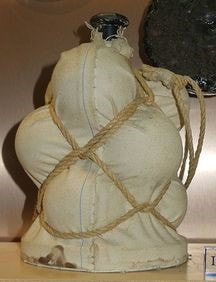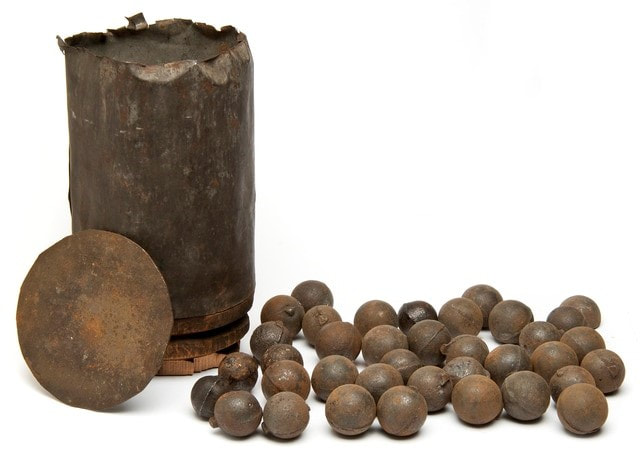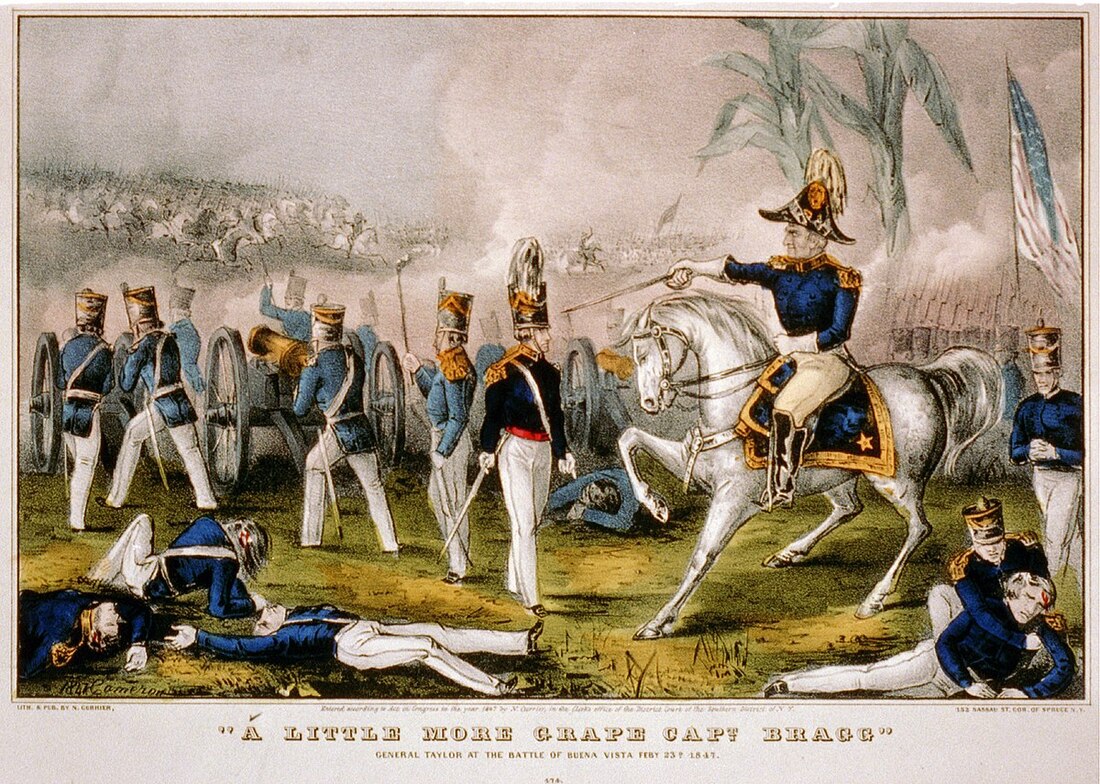Before I became a full-time writer, I taught history and English to middle school students. I found that one of the things that made historical fiction difficult for my students was the vocabulary. Many terms were perplexing to young teens.
This became apparent one day when a 7th grader asked me what was so scary about having grapes shot at you. We were studying the Mexican American War, and read that the cannons were loaded with grape. She honestly believed that cannoneers loaded their guns with the same kind of grapes that make their way into jelly and jam. While this would lead to a sticky situation, and perhaps some stained uniforms, it likely wouldn't lead to many fatalities.
This became apparent one day when a 7th grader asked me what was so scary about having grapes shot at you. We were studying the Mexican American War, and read that the cannons were loaded with grape. She honestly believed that cannoneers loaded their guns with the same kind of grapes that make their way into jelly and jam. While this would lead to a sticky situation, and perhaps some stained uniforms, it likely wouldn't lead to many fatalities.
 By Geni - Photo by user:geni, GFDL, https://commons.wikimedia.org/w/index.php?curid=11925339
By Geni - Photo by user:geni, GFDL, https://commons.wikimedia.org/w/index.php?curid=11925339Grape, when referring to 18th and 19th Century war, is just a shortened form of the word grapeshot. Neither grape or grapeshot refer to shooting people with grapes. Rather, it refers to how small metal balls, or shot, were bundled together before being loaded into the gun. Those bundles resembled clusters of grape: hence the name. When the gun fired, the bag disintegrated and the shot spread out from the muzzle, much like shot from a shotgun.
When I began teaching out in the country, I found that this perplexed students less. Although a few of my city kids were hunters or had a father or mother who hunted, many more of my country kids did so. They knew that buck shot was fired from shotguns when shooting deer, and birdshot, with its smaller pellets, was effective for shooting pigeons. But even in the country, students were dumbfounded that anyone used shot on grapes.
When I began teaching out in the country, I found that this perplexed students less. Although a few of my city kids were hunters or had a father or mother who hunted, many more of my country kids did so. They knew that buck shot was fired from shotguns when shooting deer, and birdshot, with its smaller pellets, was effective for shooting pigeons. But even in the country, students were dumbfounded that anyone used shot on grapes.

I also coached track and field. My 7th grade students who were also athletes quickly realized that the shot they "put" in shot put was related to grapeshot.
Grapeshot was especially effective against amassed infantry movements, such as Pickett's Charge at the Battle of Gettysburg or the Confederate charge of McRae's Guns at the Battle of Valverde. But by the Civil War, grapeshot was already becoming a thing of the past, replaced by canister.
Grapeshot was especially effective against amassed infantry movements, such as Pickett's Charge at the Battle of Gettysburg or the Confederate charge of McRae's Guns at the Battle of Valverde. But by the Civil War, grapeshot was already becoming a thing of the past, replaced by canister.
 By Minnesota Historical Society [CC BY-SA 3.0 (http://creativecommons.org/licenses/by-sa/3.0)], via Wikimedia Commons
By Minnesota Historical Society [CC BY-SA 3.0 (http://creativecommons.org/licenses/by-sa/3.0)], via Wikimedia CommonsCanister, which is sometimes known as case shot, involved small metal balls similar to the ones used in grapeshot. Instead of being encased in muslin, they were packed into a tin or brass container, the front of which blew out, scattering the balls into the oncoming enemy.
Canister is a word that is unfamiliar to many middle grade readers. They are too young to know what a film canister is. They do, however, know what a can is, and can readily accept that can is short for canister.
Understanding vocabulary words like grape and canister can help middle grade readers understand the historical fiction they are reading. Understanding the fiction can lead them to understand the history behind it, enriching their lives and making their reading much more informative and pleasurable.
Canister is a word that is unfamiliar to many middle grade readers. They are too young to know what a film canister is. They do, however, know what a can is, and can readily accept that can is short for canister.
Understanding vocabulary words like grape and canister can help middle grade readers understand the historical fiction they are reading. Understanding the fiction can lead them to understand the history behind it, enriching their lives and making their reading much more informative and pleasurable.
After many years in the classroom, Jennifer Bohnhoff is now devoting herself to full time writing. Her novel The Bent Reed is for middle grade readers that is set at Gettysburg during the Civil War. Where Duty Calls, the first in a trilogy of novels about New Mexico during the Civil War is now available for preorder and will be published by Kinkajou Press on June 14, 2022.









No comments:
Post a Comment